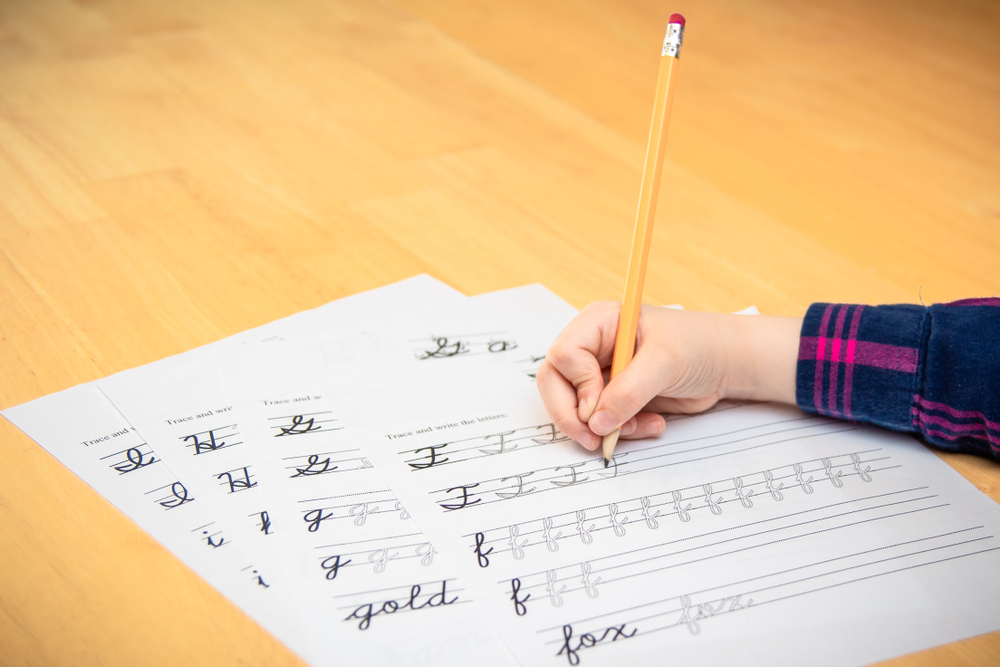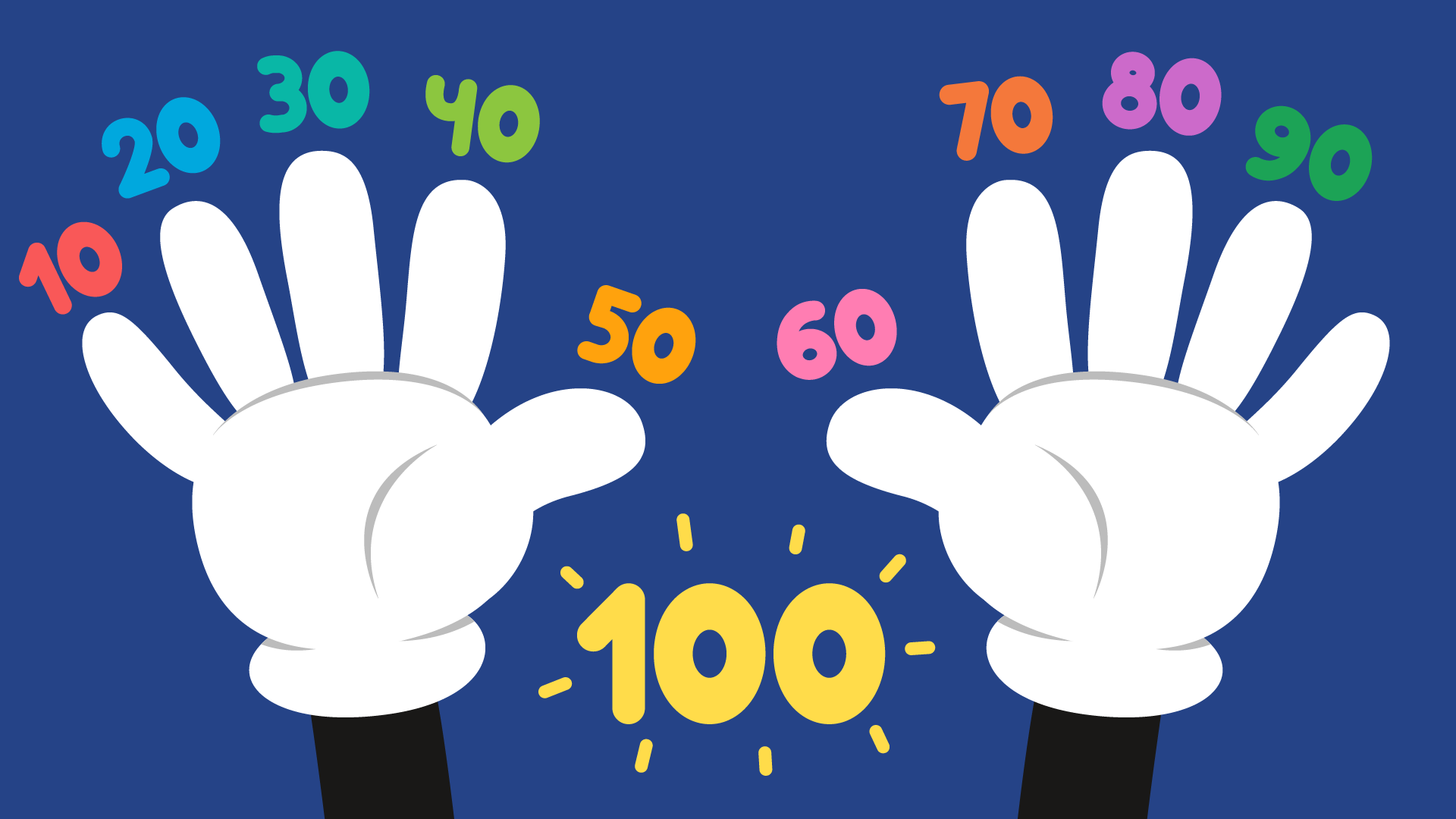Unique and Beneficial Sporting Activities for Children
Oct. 5, 2021
It goes without saying, that extracurricular activities improve your child's all-round development. It is well documented that physical activity is extremely important for children’s physical and emotional wellbeing. According to advice from the CDC all children aged six to 17 should do more than 60 minutes of exercise per day. This should be ‘moderate-to-vigorous’ exercise in order to boost cardiovascular fitness, aid muscle and bone strengthening and to reduce the likelihood of developing health issues.
With the Talented and Gifted app, you can give your child more options to develop not only athletically, but academically too! Subscribe to the 30-days free trial of the Talented & Gifted individualized learning program and boost your kid's academic development!
Provide your little learners with ample opportunities to play and explore many different topics such as Math, English Language Arts, Science, Social Studies and more!
According to a study by the CDC, apparently less than a quarter of children in this age bracket are active more than the suggested time span of one hour. In 2017 just over half of high school-aged children attended PE classes in school and 51.1% undertook activities designed to strengthen their muscles.
The study found that children who are more active often perform better at school, have better attendance and improved memory, as well display more focused concentration and overall behaviour.
Sports and physical activities that could be a more common choice for children include soccer, swimming, basketball and baseball. As variety is the spice of life, it’s now time to explore the less common activities and find out more about their benefits - so let’s dive right in.
Ballroom Dancing

The benefits of ballroom dancing are wide-ranging. You may be most familiar with this art form through programmes such as Strictly Come Dancing and Dancing With the Stars, which has brought a sport previously associated with the past into the present day, and boosted its popularity.
Ballroom dancing incorporates step patterns, rhythmic movement and musicality through two specific styles - The Smooth (standard) and The Rhythm (Latin). The Latin dances see partners dance off the beat and focus on energetic and exciting movements. Dances in this style include the East Coast Swing, Jive, Rumba, Bolero, Cha-Cha, Mambo, Samba and Paso Doble.
The Foxtrot, Waltz, Tango, Viennese Waltz and Quickstep are part of the Smooth standard of ballroom and involve graceful and fluid motions and steps often in a counter-clockwise direction around the dance floor. This style of dancing contrasts to Latin, as the pair usually move continuously around the dance floor, whereas the Latin style sees dancers often dancing on one part of the floor.
Dancing is incredibly fun and energetic and so is a perfect choice for children with lots of energy. It builds fitness incredibly quickly and also enhances tunefulness and timing. It helps children build their confidence and overcome shyness by learning a new skill. They are able to express themselves through the music and motion, and as a result can find an outlet for their personality to shine through.
This activity is specifically beneficial for aiding the development of teamwork and the capacity to work well with another person which are valuable life skills. As ballroom dancing requires your child to be partnered with another dancer it enables them a great opportunity to further advance their communication skills and strengthen their positive interpersonal interactions. As it allows children to work with a partner, dancing is also great for socialisation and community building.
Yoga

Yoga's benefits are wide-ranging, and as a yoga teacher myself that works with children in this capacity, as well as having a personal practice myself, I can attest to the way in which yoga can support your child in reaching their developmental milestones.
Yoga comprises an array of physical movements that support and enhance coordination, motor skill development, balance, concentration, muscle strengthening and toning and cardiovascular health.
It also offers a wellbeing framework of practices, when introduced in an age-appropriate way, that can help children's emotional and mental health. Introducing meditation, mindfulness and body scan practices into sessions allows children to connect to themselves, learn techniques to self-soothe, gain self-awareness and remain present in their daily lives. For those struggling with difficulties, whatever form they come in, yoga offers a beautiful way for them to calm down and enjoy themselves.
Most importantly yoga provides a great place for storytelling, imaginative play, exploratory movement and a place to have fun. Often yoga can be seen by many as a place to be still and to counteract stressful lives. Of course, it is wonderful for this, but actually it is many things to many different people. This means it can be an activity to learn about animals with young children whilst also appealing to adults as well.
Fencing

Fencing is one of the more unusual sports for your child to try as an after-school activity, however, it is extremely beneficial and provides lots of great opportunities for your little one to stay active and entertained.
Fencing is the act of fighting with swords, these are known as foils, epees or sabres, to a framework of rules to score points against the opposition. Participants wear protective clothing, including facial masks, to keep them safe from the equipment used.
The sport itself is beautiful for children with lots of energy as both opponents are required to point, jab and lunge their way around the room to avoid being touched by the opposition's sword. A point is scored once the sword makes contact with the person’s body.
Fencing improves timing, as well as the development of coordination and agility. Youngsters become more steady on their feet and are able to utilise their balance and regulate their orientation capacity.
As well as using the child’s body and helping with coordination, stamina and balance, fencing also helps with cognitive development. It requires the participant to analyse and strategise, in a way that the London Fencing Club compares to being ‘like a physical form of chess’. It encourages critical thinking skills and helps children learn how to out-wit and outmanoeuvre the other player.
As the sport is an independent one it helps make children more self-sufficient. They are able to learn to trust their instinct, become more intuitive and practice working alone. This sport also gives them a great opportunity to learn from things that don’t go as well as they hoped, for example when they lose a game. They can develop resilience and boost their confidence with positive self-talk to help them try again for the next match. It also provides a beneficial place to learn to manage and process their emotions. All of these skills are entirely transferable into the challenges and ups and downs of everyday life.
Fencing is a polite sport and it places emphasis on honour and respect, both towards the individual and those they are playing with. Because of this, it provides children with a great framework to develop their interpersonal skills, manners and learn how to be a gracious competitor and well rounded human. They have a real life opportunity to treat their opponent and general sportsmates with respect.
It also provides a great space for children to learn about the importance of safety. They will be properly shown how to handle their foils carefully for the safety of themselves and the people they are around.
Badminton

Last but not least is badminton. Badminton involves the use of rackets to hit a shuttlecock over a net to score points against an opponent. It is a great all-round form of exercise for children as it involves the whole body and uses all major muscle groups. It has been shown that playing this form of sport can help participants to improve their metabolism and increase stamina.
Children will run, jump and swing their way through the activity and so it is a great outlet to burn off energy, especially for those stuck inside a lot who struggle sitting still for long periods. As the sport is fast-paced it is great for boosting brain function and allowing your child to improve their coordination and decision making skills. They will need to make decisions quickly and under pressure, so it is a way for them to remain alert whilst growing their confidence and practising following their gut instinct.
It is also a top-class sport that is played in the Olympics and so offers a chance for advancement and progression to become a professional athlete if your child develops a passion for it.
Great Options for Development
All of the sports mentioned in this blog provide children with a space to burn off excess energy, develop their motor skills and coordination capacities whilst allowing them to socialise with other children.
If you are exploring a way for your child to become more active by taking up a specific sport and are unsure which one is the best choice, then hopefully this gives inspiration for you to choose from.
About the author
Alison Carter - Play-Based Educator, ESL Teacher, Trauma Sensitive Yoga and Pilates Teacher.
Manchester, England, UK.
Links and references
https://www.cdc.gov/healthyschools/physicalactivity/facts.htm













